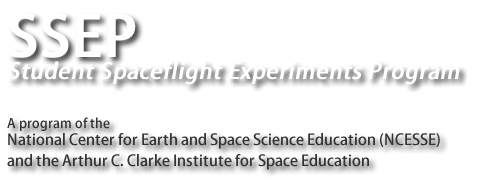Information to be determined is in RED TEXT below.
Information that is subject to change is in GREEN TEXT below.
Last update of this page: December 19, 2024, 10:20 am ET
Payload Ferry Flights and ISS Crew Data
Ferry Vehicle to ISS: SpaceX CRS-31
Launch Date: November 4, 2024 at 9:29 pm ET (useful reference NASA Consolidated Launch Schedule at nasa.gov)
Crew: none
Launch Site: Launch Complex (LC) 39A, NASA Kennedy Space Center, FL
Berthing at ISS: 1 to 4 days after launch
Launch Date History:
Initial Launch Date: September 17, 2024
Rescheduled to: September 24, 2024
Rescheduled to: NET October 16, 2024
Rescheduled to: NET October 30, 2024 at 12:50 am ET
Rescheduled to: NET November 1, 2024 at 11:40 pm ET
Rescheduled to: November 4, 2024 at 9:29 pm ET
Ferry Vehicle for Return to Earth: SpaceX CRS-31
Crew: none
Unberth/Landing Date: December 16/December 17, 2024
Landing Site: splashdown off Florida west coast
Payload Duration on ISS: 6 weeks
Notable: visit the NASA ISS website for a comprehensive overview of ISS construction, on-orbit research, operations, crews, and multimedia galleries; read about the SpaceX Falcon 9 rocket and Dragon spacecraft
ISS Crew for SSEP Mission 18 Payload Operations: Expedition 72 (see Expeditions Schedule at nasa.gov)
Flight Engineer Alexey Ovchinin (Russia); Commander Suni Williams (USA; X: @Astro_Suni); Flight Engineer Butch Wilmore (USA); Flight Engineer Ivan Vagner (Russia; Instagram: ivan_mks63); Flight Engineer Don Pettit (USA; Instagram: astro_pettit; X: @astro_Pettit); Flight Engineer Aleksandr Gorbunov (Russia); Flight Engineer Nick Hague (USA; Instagram: astrohague; X: @AstroHague)
SSEP Mission 18 to ISS: Payload and Program Data
Payload Designation: SSEP20 – Surveyor, named for NASA’s Surveyor Program, which soft-landed 7 spacecraft on the lunar surface in advance of the Apollo Moon landings. Starting with Mission 16 to ISS, SSEP experiment payloads are named for NASA’s robotic lunar exploration programs in advance of the Apollo missions. (For SSEP Missions 12 to 15, experiment payloads were named for NASA human spaceflight programs; for SSEP Missions 5 to 11, experiment payloads were named for Apollo Command Modules; prior to Mission 5, payloads were named for Apollo Lunar Modules.)
Number of Student Team Flight Experiments: 39
37 communities are participating in SSEP Mission 18 to ISS
39 flight experiments were selected, with 35 communities flying 1 experiment and 2 communities flying 2 experiments
Payload: Suite of Fluids Mixing Enclosure (FME – Mark II) Mini-laboratories
Stowage: Nanoracks Express Rack in the Japanese Experiment Module (JEM; also nicknamed Kibo) on ISS
History:
The 20th SSEP flight opportunity—SSEP Mission 18 to the International Space Station—was announced by the National Center for Earth and Space Science Education (NCESSE) and the Arthur C. Clarke Institute for Space Education on February 2, 2023, with accompanying Video Clips describing SSEP by Center Director, Dr. Jeff Goldstein: Clip 1 (NASA), Clip 2 (NASA)
Current Status:
Flight experiments are being returned to student flight teams for harvesting and analysis.
A List of Important SSEP Mission 18 to ISS Subpages:
SSEP Mission 18 to ISS: Critical Timeline
SSEP Mission 18 to ISS: Mini-Laboratory Operation
SSEP Mission 18 to ISS: Mission Patch Art and Design Competition
SSEP Mission 18 to ISS: Flight Operations
→ SSEP Mission 18 to ISS: Experiment Log
Launch Viewing Plans for SpaceX-29 and Flight of SSEP Mission 18 ‘Surveyor’
